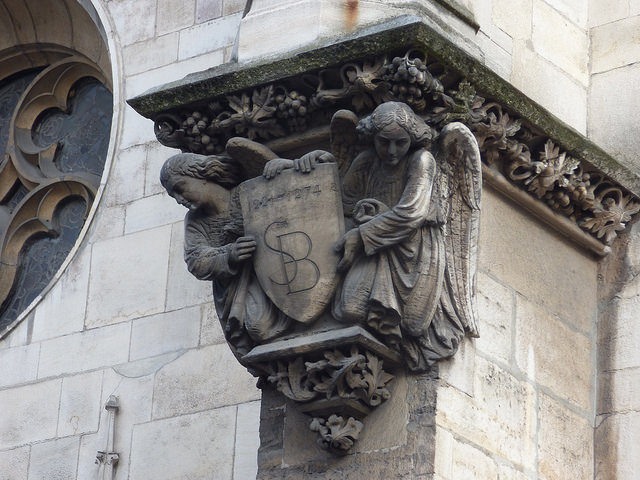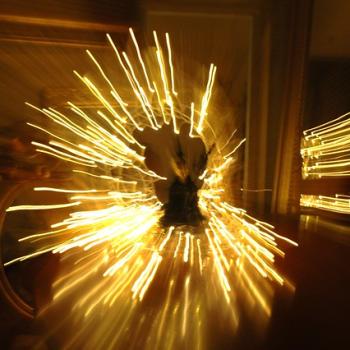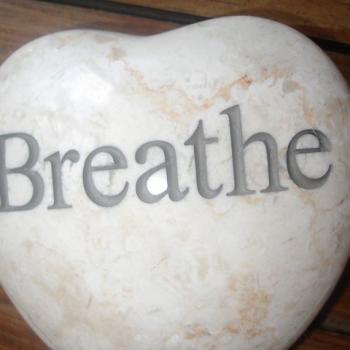
An Introduction to Monastic Leadership
Monastic leadership grows from a unique set of assumptions and expectations.
We think of leadership as being out in front, directing people’s effort, making decisions. Our understanding of leadership starts with telling people what to do and how to do it. We believe people need to learn and wait to become leaders.
Many of us believe we choose our leaders in popularity contests. Some of us see leaders as special people with enhanced abilities. Our leaders are like superheroes with their own personal superpowers. Deciding to follow a particular leader is like choosing which team we want to support.
We often treat leaders as privileged people. Leaders have power to make decisions which affect our lives and we treat them particularly well.
Our expectation is leaders will make clear, reasonable decisions and communicate them well. We believe leaders should be able to explain their decisions and we have the right to ask for explanations.
Monastic leadership works differently from the leadership with which we are familiar.
Monastic communities are not particularly hierarchical. Monks do not have many levels of leadership.
Joining a monastic community takes time and discernment. People choose the group of monks and the specific community they are joining with care. The communities also choose carefully.
Each member of a monastic community understands they are leaders. Monastic leadership is less about being in front directing people and more about respect and listening.
Decisions take time in monastic leadership. Each member of the monastic community has the opportunity to be heard. Monks take the time they need to reflect and discern.
Monastic leadership is part of seeing decisions as part of a bigger picture, a larger context.
Monastic Leadership Begins With Stillness
The beginning of monastic leadership is stillness.
As we learn to listen to sacred stillness we become aware of the leadership within us. Monastic leadership is not about understanding leadership theory. Monks find leadership examples to follow in the community around them.
Monks do not separate leadership from the other qualities they possess. Leadership is deeply connected to spiritual life and the health of the community. Monastic leadership is integrated into the whole of monastic life.
Encouraging and strengthening contemplation is essential to monastic life. Each day’s schedule sets aside time for individual and community reflection.
Monastic leadership begins with and grows from reflection and contemplation.
Leaders outside monastic communities can learn a lot from monastic leadership. The skills and attitudes we associate with leadership are part of an integrated whole. Our leadership reflects who we are and we need to know ourselves well to be effective leaders.
Learning about leadership from monks has shaped and strengthened my understanding and practice of leadership. Rather than trying to squeeze into someone else’s idea of a leader I appreciate myself. I am not a perfect leadership example and living into my imperfections helps me be myself.
How can we become stronger leaders by fitting ourselves into how someone else sees leadership?
I have woken to becoming a leader who reflects the person I truly am.
There is an essential stillness within me. That stillness sparks and feeds my leadership.
Monastic Leadership Grows Stronger Through Listening
For a long time my view of leadership did not have much room for listening.
I believed leadership was about having answers to give people when they asked questions. Finding the right answers was central to how I saw leaders working. Leaders, as far as I could see, were people who had found the answers.
Having the answers appealed to me. I felt better when I either had the answers or could figure them out.
Listening was not something I was particularly good at doing. I though listening was waiting for someone else to finish talking, thinking of what I was going to say.
Monks showed me the leadership of listening. When we listen we give other people opportunities to consider their own ideas. We are in such a rush to evaluate and decide.
When someone listens to us it allows us to take time to look again.
Listening is not only leadership for the people to whom we listen. When we listen to the people around us it helps us explore what leadership can be.
As we learn to listen without assessing or evaluating we discover leadership in more depth.
It is impossible to be an effective leader without listening to people well. As we listen we open ourselves to other people and they open themselves to each other.
Monastic Leadership Brings Out the Best in People
Monks do not lead by assigning people to specialize in only focusing on one thing.
Monastic leadership is not about finding and recruiting the best person for a unique job. Monastic communities come together around a balance of what needs to be done and what we are drawn to do.
There are tasks which the community needs to complete to continue. Members of the community are given opportunities to participate in those tasks over time. There is also time for people in the community to develop the skills and abilities which give them joy.
Community life is not a competition to become the best at whatever we are doing. Monks are not even competing with themselves to be more productive than they were last year.
Monastic leadership works to meet a community’s needs with what gives each member joy. Bringing out and integrating the best in each individual member strengthens the community.
Our own leadership grows from the stillness we find within ourselves. Listening to sacred stillness and to other people allows us to lead attentively. Our leadership gives us opportunities to bring out the best in the people around us.
Monks have lessons to teach us which can change the way we lead in our communities. Leading like a monk helps us explore leadership from a different direction.
Where can monastic leadership shape the ways we lead today?
How does your leadership grow from the deep stillness within you?
[Image by ell brown]
Greg Richardson is a spiritual life mentor and leadership coach in Southern California. He is a recovering attorney and university professor, and a lay Oblate with New Camaldoli Hermitage near Big Sur, California. Greg’s website is StrategicMonk.com, and his email address is [email protected].












